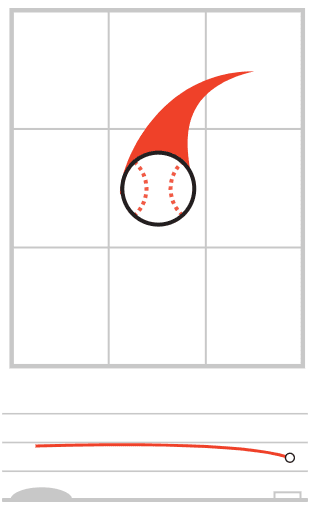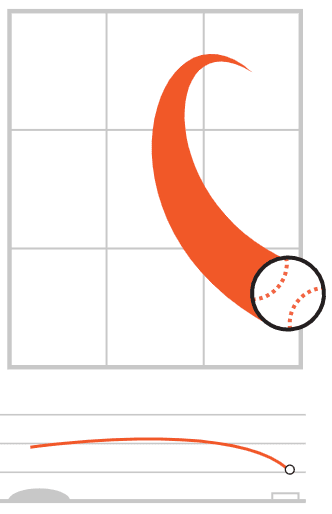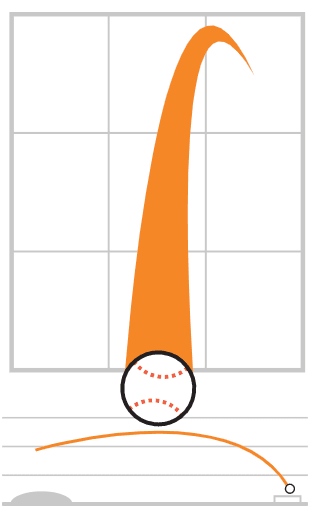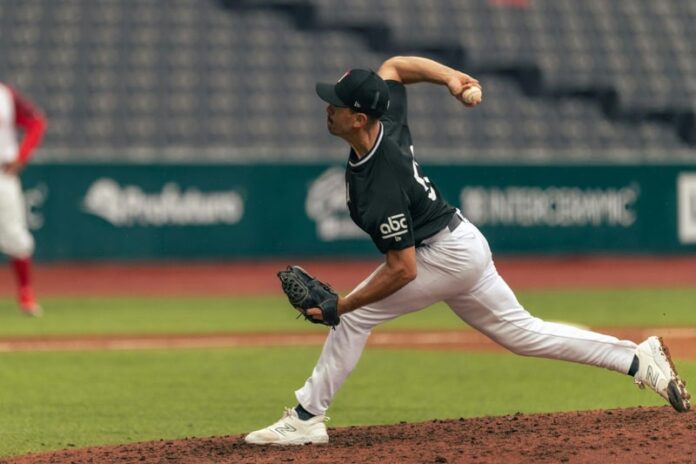Baseball is a game of strategy, and one of the most critical aspects of that strategy is pitching. Pitchers use a variety of pitches to keep hitters off balance and gain an advantage. Each pitch has unique traits. Its use depends on the pitcher’s strengths and the batter’s weaknesses. This article will explore the types of baseball pitches, how they work, and when to use them.
Types of Baseball Pitches
In baseball, each pitch type is a tool in a pitcher’s arsenal. It challenges and outsmarts the batter. Baseball pitches are selected based on various factors. These include the pitcher’s skills, the batter’s tendencies, and the game situation. Each pitch has unique advantages, from fastballs that rely on speed and power to breaking balls that confuse the batter with their movement. Knowing these baseball pitches and their traits is key. It helps to appreciate the game’s strategic depth. We will explore the most common baseball pitches. We will examine their mechanics, usage, and impact on the game.

Fastball
The fastball is the most basic and common pitch in baseball. It is known for its speed and straight path. It is the backbone of a pitcher’s repertoire, setting the stage for more complex pitches. Fastballs come in various forms. Each has traits that can challenge batters in different ways.
Four-Seam Fastball
The four-seam fastball is baseball’s fastest pitch. It often exceeds 90 mph. It is thrown with a grip across the seams, which helps it maintain a straight path with minimal movement.
- Primarily used to overpower hitters with speed, often aimed at the upper part of the strike zone.
- Its speed and straight path make it great for inducing swings and misses. It also challenges hitters to make quick decisions.

Two-Seam Fastball
The two-seam fastball, or sinker, is thrown with a grip along the seams. It moves more than the four-seam fastball. This pitch usually has a slight, downward motion. It makes it harder for batters to hit it solidly.
- Often used to induce ground balls, as the movement can cause hitters to swing over the top of the ball.

Cutter
The cutter, or cut fastball, is a variation that combines speed with lateral movement. A cutter is thrown like a fastball but with more pressure from the index finger. It breaks slightly to the side as it nears the plate.
- The late movement can deceive batters, leading to weak contact or swings and misses.

Breaking Ball
Breaking balls are pitches that deviate from their path. They have a sharp, unpredictable movement that challenges batters. These pitches are crucial for adding variety and deception to a pitcher’s repertoire.
Curveball
The curveball is known for its dramatic downward break, caused by the pitcher’s wrist action and grip. Thrown with a pronounced spin, the curveball drops sharply as it approaches the plate.
- Exhibits a significant downward curve. Making it difficult for batters to make solid contact.
- Thrown with the index and middle fingers along the seam, creating tight spin.
- Often used to throw off a batter’s timing and create swings and misses.

Slider
The slider combines speed with a sharp, lateral break, making it a versatile pitch in a pitcher’s arsenal. It is thrown with a grip that involves slightly tilted fingers. That produces its distinctive movement.
- Features a late-breaking action that moves laterally and downwards.
- The ball is held off-center, with the index and middle fingers applying pressure.
- It’s effective for inducing weak hits, especially when batters expect a fastball.

Changeup
The changeup looks like a fastball but is much slower. This pitch relies on deception to disrupt a batter’s timing.
- Generally, it has little to no movement, but the reduced speed creates a change in timing.
- Thrown with a variety of grips, including the circle change and palm ball. This alters the speed without affecting the pitch’s trajectory.
- Used to deceive batters expecting a faster pitch, often set up by previous fastballs.

Conclusion
Knowing the different baseball pitches is key. It lets you enjoy the game’s complexity and strategy. Each pitch—be it a high-speed fastball, a curveball, or a changeup—plays a key role in a pitcher’s plan to outsmart batters. By mastering these pitches and knowing when to use them, pitchers can keep hitters guessing. This will give them a competitive edge on the mound.
The variety in pitching adds depth to the game. It also shows the skill and artistry of the pitchers. Players, coaches, and fans should know each pitch’s traits and uses. It will enhance their enjoyment of baseball. As pitchers innovate, their new strategies will keep the game thrilling.







